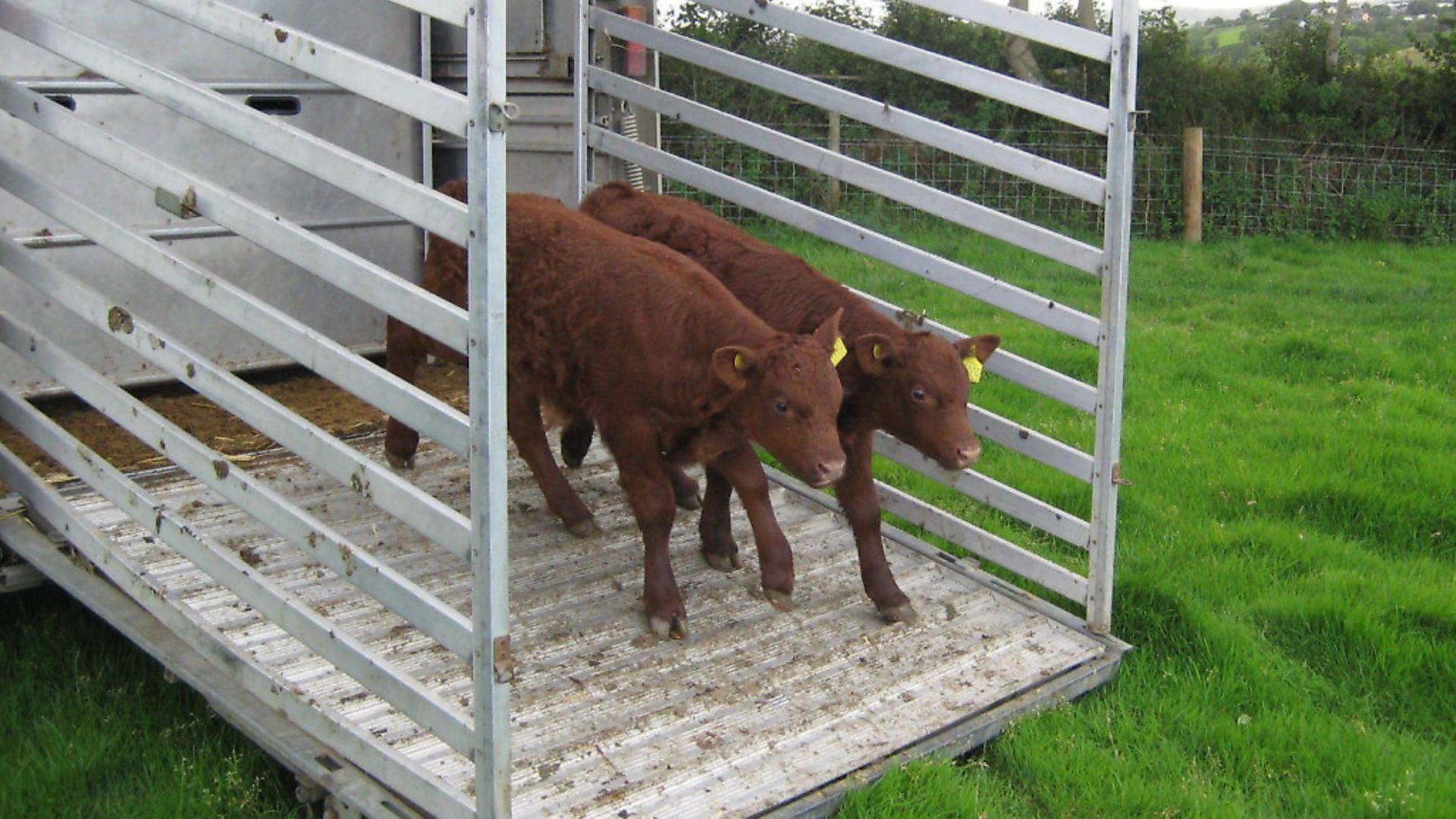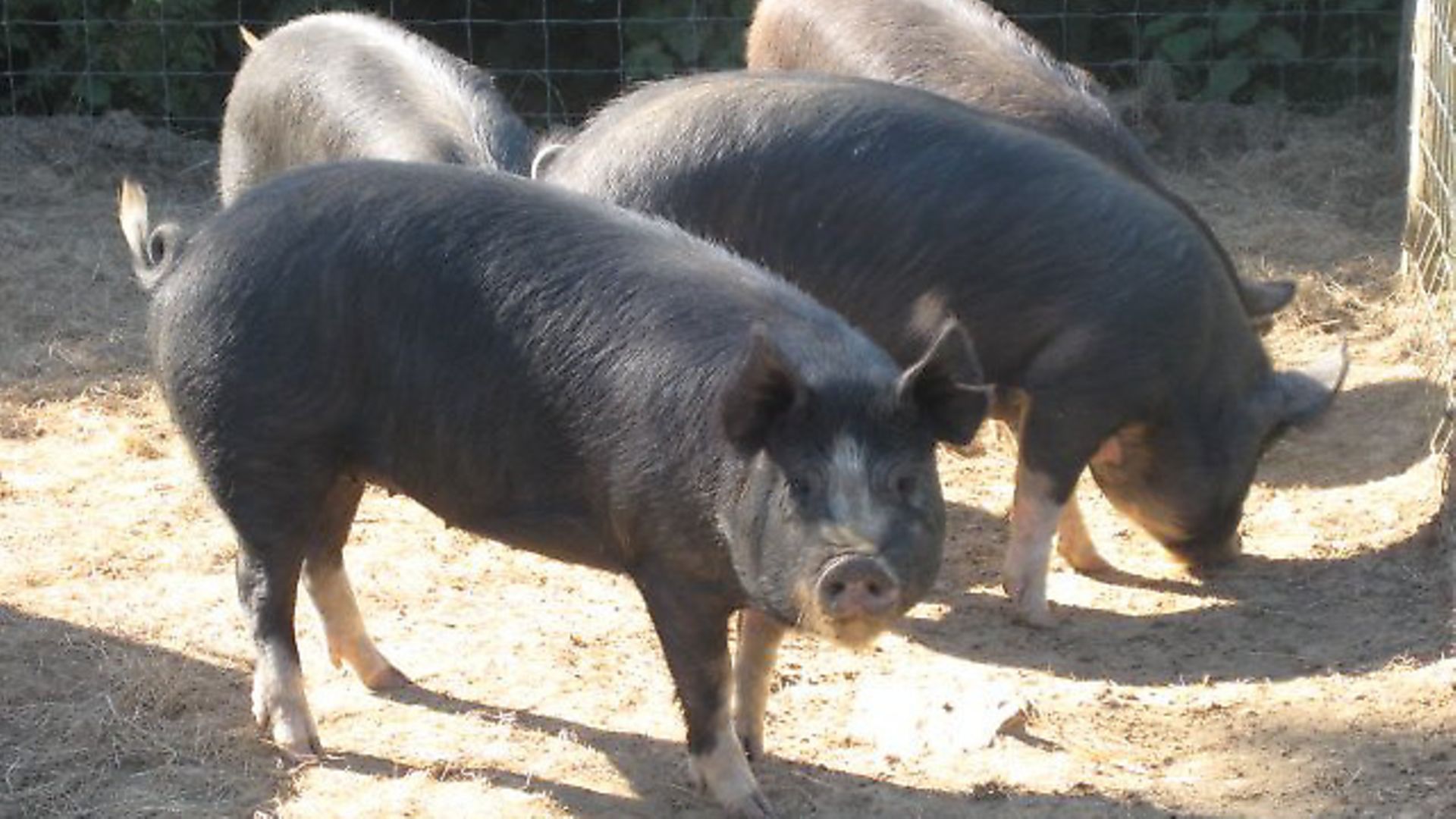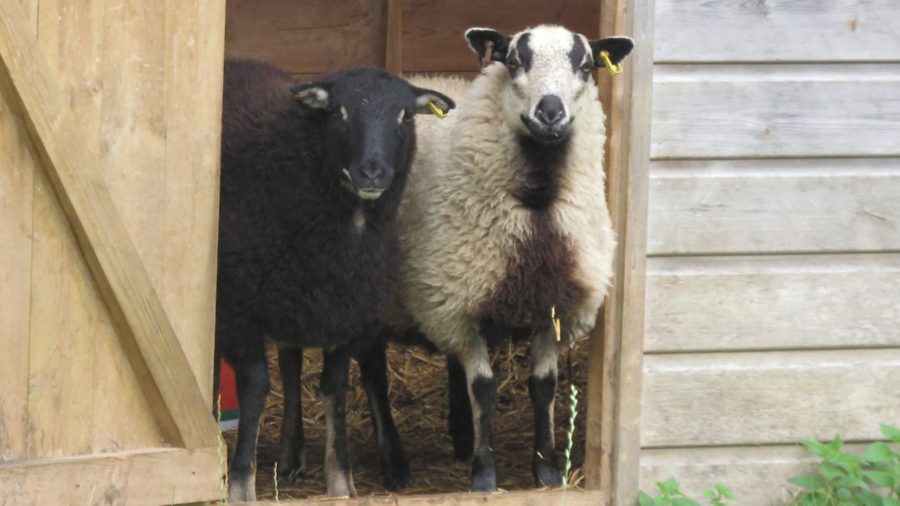Debbie Kingsley outlines the rules and regulations for smallholding – this month registering your holding and your livestock

First of all, don’t panic when you realise that there are a range of rules and regulations for keeping livestock. It will all seem hazy at first but the reality is not too daunting, although the rules vary from species to species which can be a bit confusing at the beginning. It’s important to understand that there are no light touch rules for smallholders – you need to abide by the same rules as any large scale farmer. Even so, I only spend minutes, not hours on meeting my legal obligations each month.

What’s critical is that you check what’s required from the direct source on www.gov.uk; search for keeping farmed animals for links to all the relevant topics. Don’t rely on social media suggestions which are a mix of advice that’s comprehensive and on the money, and that which is, shall we say, ill-informed; being new to this you are not yet in a position to tell one from the other. With the caveat that the rules really do change from time to time, the next few articles in this First Steps series are dedicated to sharing those rules and regs that you will need to get your head around.
Registering your land to keep livestock
Whether you keep a couple of sheep as pets or have a commercial herd or flock, you need to be registered as a holding, which means you need to apply for a County Parish Holding number (CPH) from the Rural Payments Agency (RPA). There is no cost involved, other than the time you spend on the phone, but you must do this within 30 days of livestock moving onto the land. If you keep one or more of the following you will need a CPH number: cattle, deer, sheep, goats, pigs, and poultry if you plan to have 50 birds or more. Currently, you do not need a CPH to keep camelids (alpacas, llamas etc), although some keepers choose to do so. If you keep animals on someone else’s land, you will still need your own CPH.
CPH numbers are used to track the location and movement of livestock to prevent and control disease.
Registering your livestock – herd and flock marks
Once you have your CPH number, the next step is to register the livestock you already have or are intending to keep. Contact your local Animal & Plant Health Agency office (APHA) who will give you a unique flock or herd mark which will be used to identify your sheep, pigs, cattle, goats etc, linked to your CPH. Herd marks for pigs are one or two letters followed by four digits (e.g. AB1234 or A1234) and flock/herd marks for sheep, goats and cattle are six digits. These are the numbers that you will need when ordering ear tags.
If you intend to have 50 or more poultry (i.e. collectively hens, geese, ducks etc), you also have to register your flock within one month of their arrival.
Most herd and flock numbers can be allocated to you even if you don’t intend taking on those particular species for a while. However, if you are intending to keep cattle, APHA will normally only allocate you a herd number if the arrival of cows on your holding is fairly imminent. In addition for cattle, you will need to register with the British Cattle Movement Service cattle tracing system www.gov.uk/cattle-tracing-online
Image(s) provided by:
Archant
Archant








